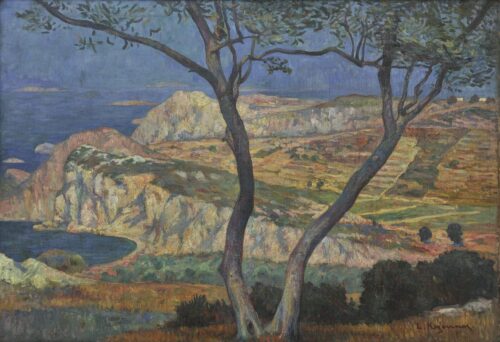
Kogevinas Lykourgos (1887 - 1940)
Landscape from Corfu, before 1920
At the age of sixteen he departed from Corfu for Rome and a year later Paris. There he studied painting and engraving at the Grande Chaumiere and Julian Academies. In 1908 he returned to Greece to do his military service and the following year took part in the exhibition of the Youth Group at the Zappeion Hall and then returned, via Munich, to Paris. In 1912- 1913 he took part in the Balkan Wars and the Greek government appointed him, along with the painter Nikolaos Androutsos and the sculptor Konstantinos Dimitriadis, a representative to the Conference of Artists in Paris. In 1914, when he had already returned to Paris, he presented his first solo exhibition in Athens at the Parnassos Hall. He made many trips in Greece and in 1918 presented a series of scenes from the front in Northern Epirus. Definitive for his systematic involvement with engraving was his acquaintance with the engraver Andre Dunoyer de Segonzac in 1921. He stayed in Paris until 1933, presenting solo shows and taking part, primarily with paintings, in group exhibitions both in France, where in 1925 he received a gold medal at the Parisian Exhibition of Decorative Arts, and in Greece. The publication of his first album in 1922, with twelve views of the monasteries on Mt. Athos, had a preface by Charles Diehl and by 1939 quite a number of other albums were published by large Parisian publishers. In 1985 the Yakinthos gallery had a retrospective exhibition of his paintings and engravings.
An artist with a wealth of engraving work, he is considered the founder of etching in Greece. He was deeply involved with the landscape, both in his painting and engraving, where he is distinguished for his classicistic point of view, delicacy of line and compositional clarity, bearing witness to a relationship with the idyllic French landscapes of the 18th and 19th century.

Landscape from Corfu, before 1920
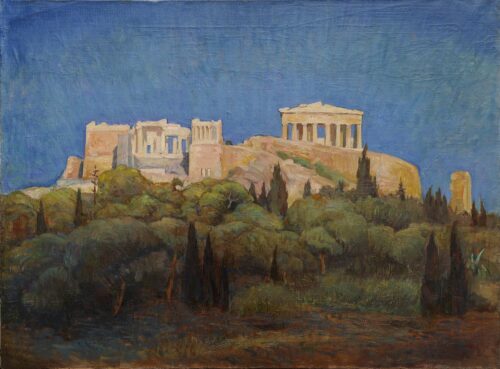
Acropolis
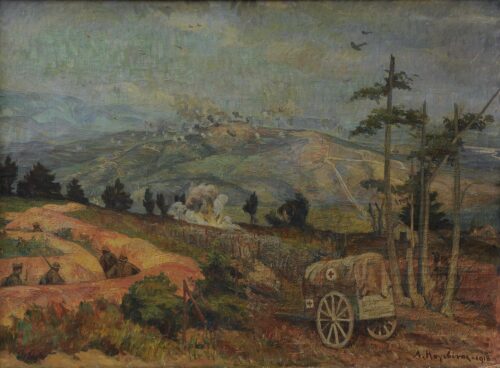
The Battle of Skra, 1918
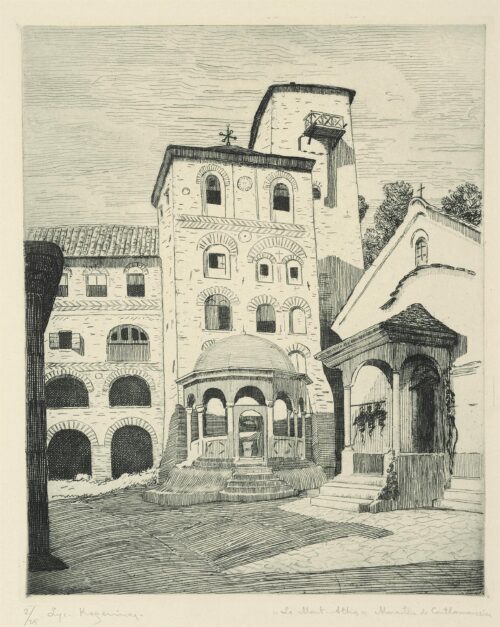
Mount Athos (suite) – Koutloumoussiou Monastery
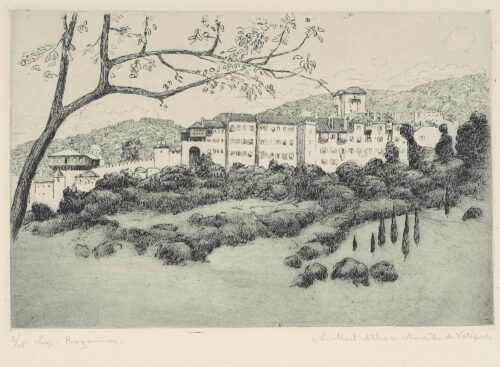
Mount Athos (suite) – Vatopedion Monastery
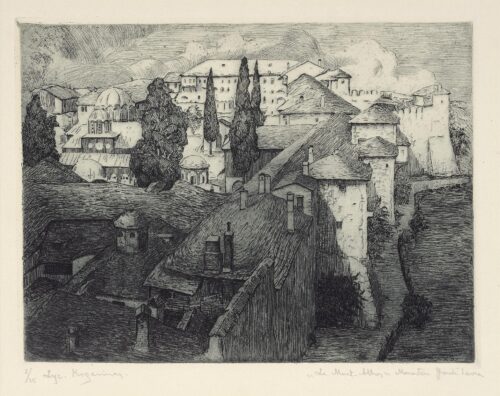
Mount Athos (suite) – Megisti Lavra Monastery
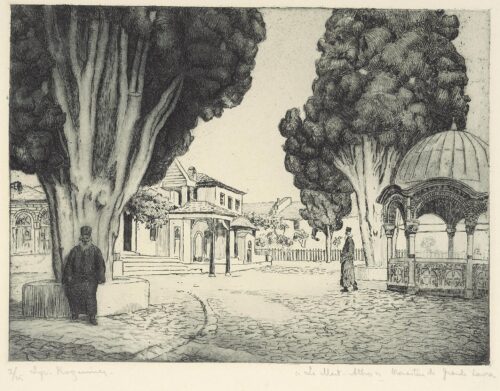
Mount Athos (suite) – Megisti Lavra Monastery
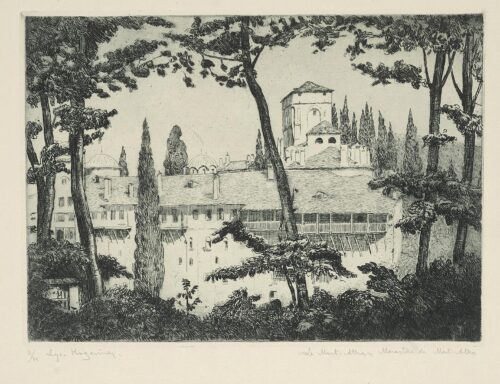
Le Mont Athos (Album) – Chilandariou Monastery
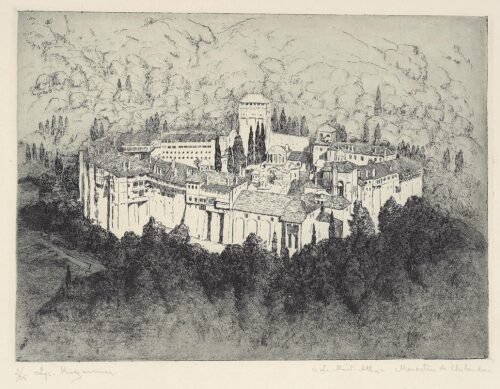
Mount Athos (suite) – Chilandariou Monastery
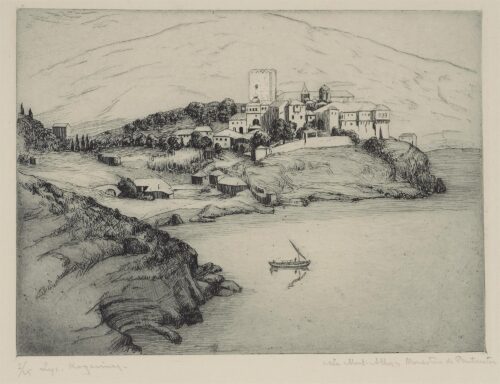
Mount Athos (suite) – Pantokratoros Monastery
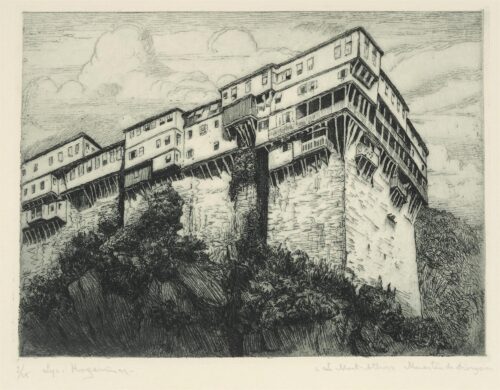
Mount Athos (suite) – Dionysiou Monastery
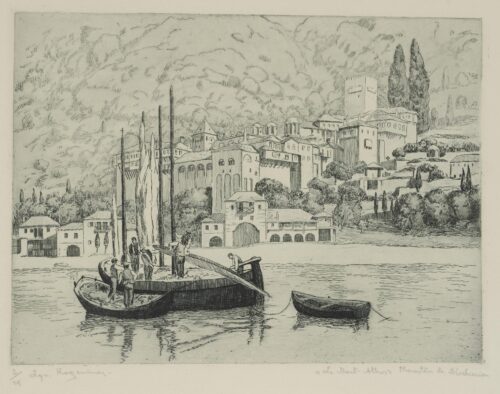
Mount Athos (suite) – Dochiariou Monastery
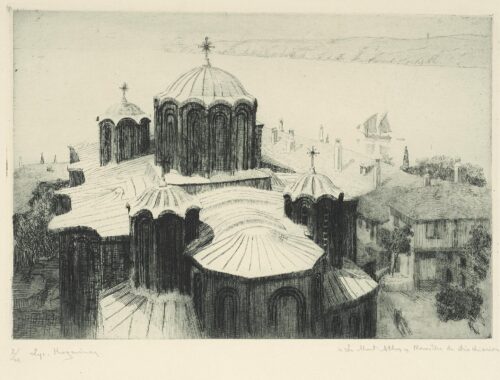
Mount Athos (suite) – Dochiariou Monastery
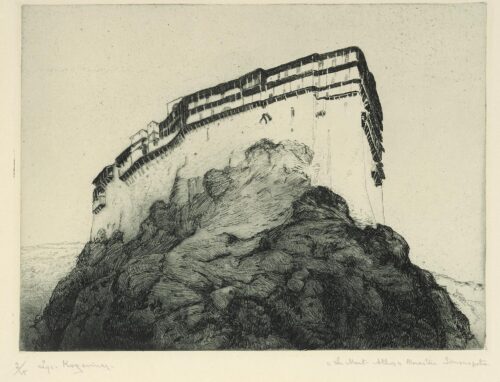
Mount Athos (suite) – Simonos Petras Monastery
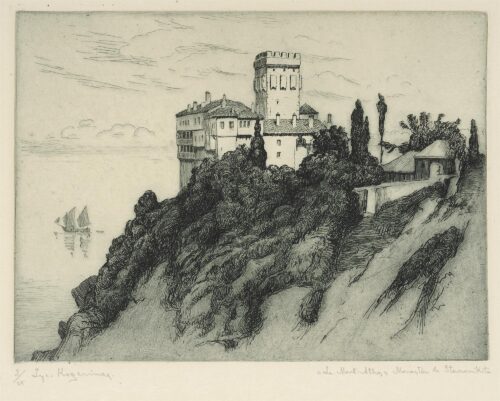
Mount Athos (suite) – Stavronikita Monastery, 1922
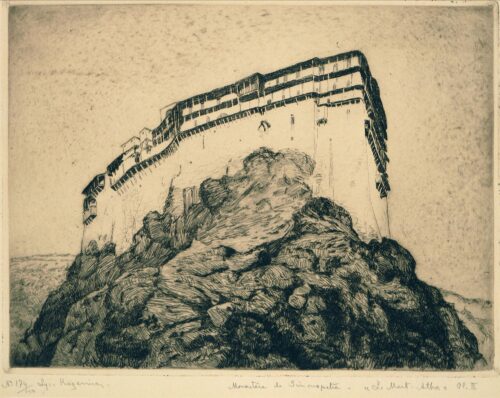
Monastery of Simonos Petra, 1922
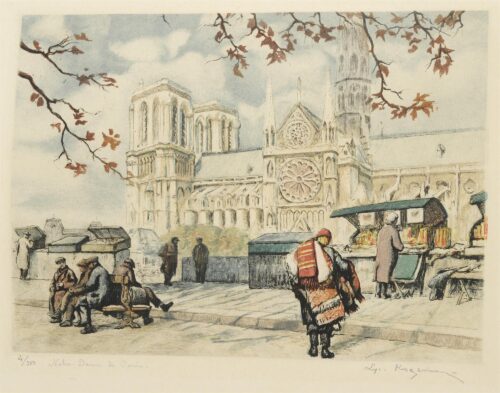
Notre Dame de Paris
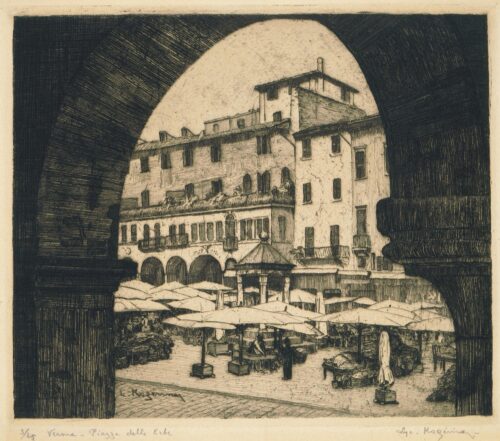
Verona – Piazza delle Erle, 1919

We use cookies to make our site work properly, to personalize content and ads, to provide social media features and to analyze our traffic. We also share information about how you use our site with our social media, advertising and analytics partners. Read the Cookies Policy.
These cookies are necessary for the website to function and cannot be switched off in our systems. They are usually only set in response to actions made by you which amount to a request for services, such as setting your privacy preferences, logging in or filling in forms. You can set your browser to block or alert you about these cookies, but some parts of the site will not then work. These cookies do not store any personally identifiable information.
If you disable this cookie, we will not be able to save your preferences. This means that every time you visit this website you will need to enable or disable cookies again.
These cookies tell us about how you use the site and they help us to make it better. For example these cookies count the number of visitors to our website and see how visitors move around when they are using it. This helps us to improve the way our site works, for example, by ensuring that users find what they are looking for easily. Our website uses Google Analytics for statistics reporting.
Please enable Strictly Necessary Cookies first so that we can save your preferences!